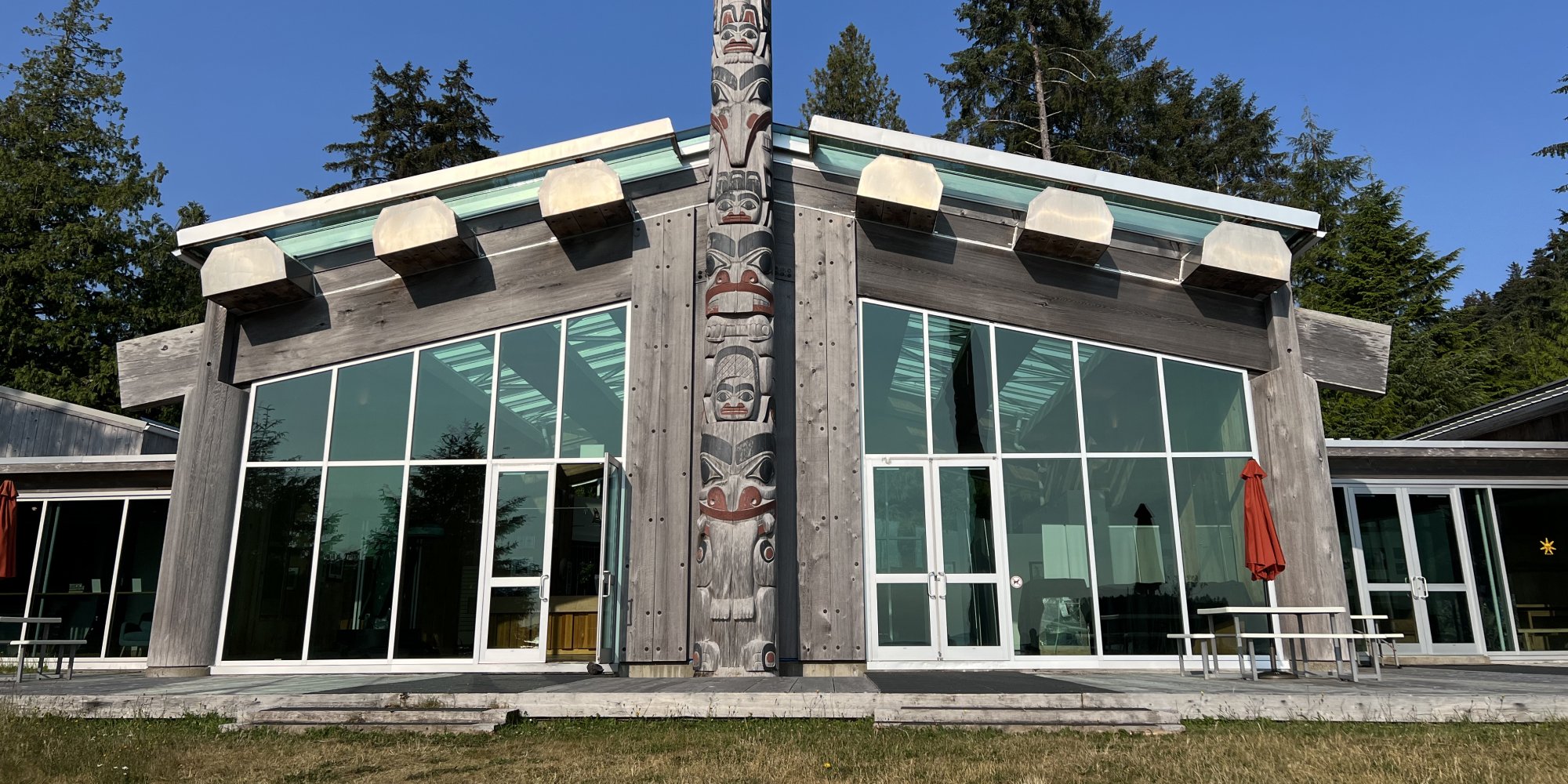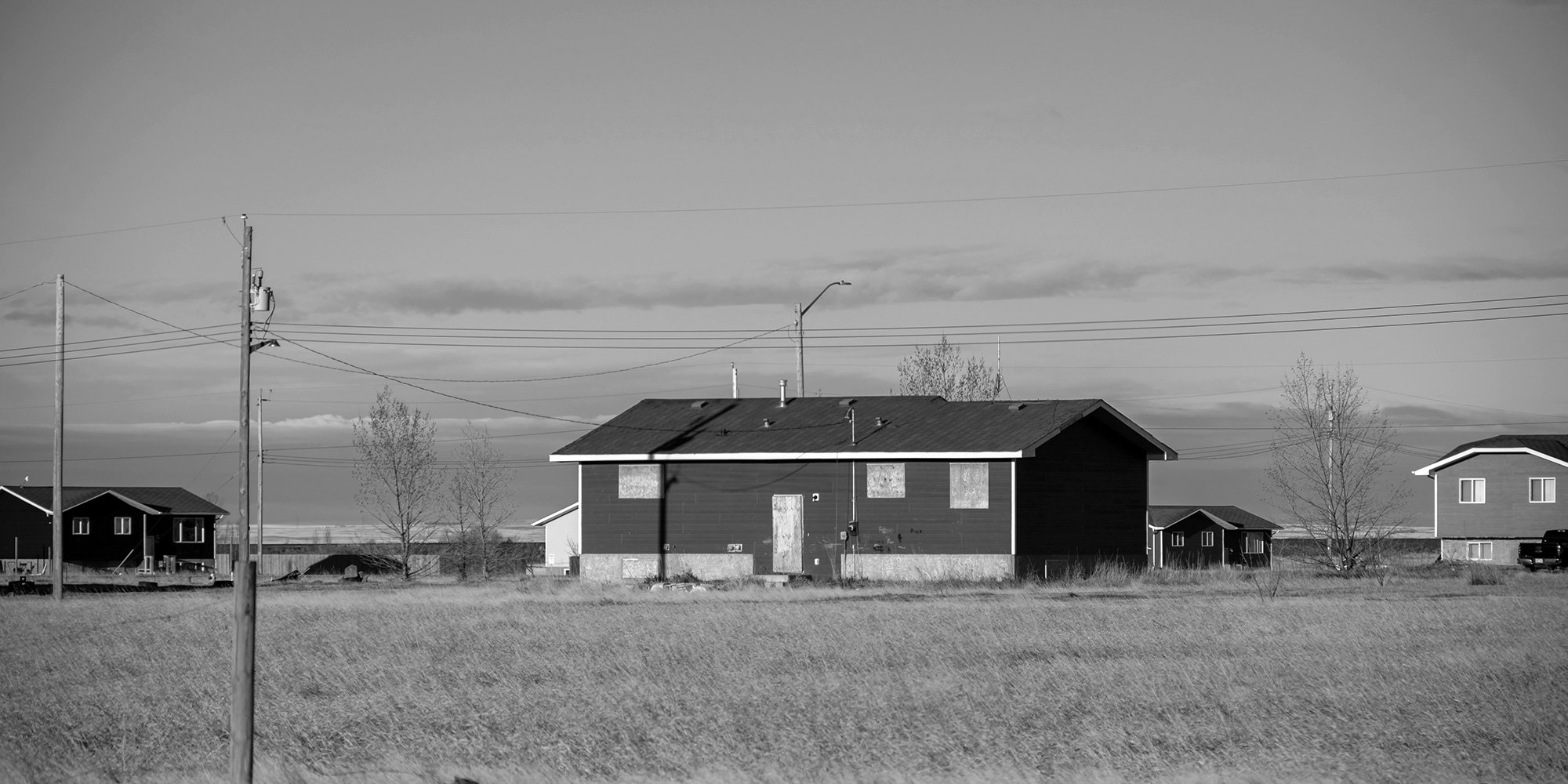How Many Self-Government Agreements Are There?
We recently revealed the cover of Indigenous Corporate Training, Inc.’s Co-founder and President Bob Joseph’s new book, 21 Things™ You Need to Know...

Indigenous Peoples want the ability to participate in the political, and more importantly, the economic mainstream without having to rely on federal funding to meet their community needs. In addition to business opportunities, they also want to get into the realm of taxes, royalties and revenue sharing on land developments which are viewed as critical to becoming self-reliant.
Indigenous Peoples have been struggling under the culture and soul-destroying relationship with the federal government since the British North America Act (BNA) – the precursor to the Indian Act - came into being in 1867. The undercutting of a once proud, self-reliant People truly began with the BNA. As summarized by the Report on the Royal Commission of Aboriginal Peoples:
The British North America Act, young Canada's new constitution, made "Indians, and Lands reserved for the Indians" a subject for government regulation, like mines or roads. Parliament took on the job with vigour - passing laws to replace traditional Aboriginal governments with band councils with insignificant powers(they are elected by their people but accountable to Indian Affairs or AANDC today, taking control of valuable resources located on reserves, taking charge of reserve finances, imposing an unfamiliar system of land tenure, and applying non-Aboriginal concepts of marriage and parenting. [1]
Economic development is widely considered the catalyst for Indigenous self-reliance. It's the base upon which to generate sustainable economic growth, community control, and increase capacity for community members to participate in the economy. Ultimately, self-reliance will lead to healthier, happier communities.
Economic development can be hard to attain for some Indigenous communities, simply due to their geographic location and small population size. If a reserve is isolated from a large metropolis or does not have a resource development project in the vicinity, there can be limited means available to create economic development.
Self-reliant Indigenous communities will regain their dignity and independence, provide incentives to children and youth to stay in school and pursue careers, improve relationships with non-Indigenous people, break down stereotypes, and contribute to the municipal, provincial and federal economies.
To say the journey from the restrictions and impositions of the Indian Act towards a return to self-government, self-determination and self-reliance has not been easy is an understatement. But, for some communities, it is happening and it is very exciting.
[1] Highlights, Report on the Royal Commission of Aboriginal Peoples
Featured photo: Shutterstock

We recently revealed the cover of Indigenous Corporate Training, Inc.’s Co-founder and President Bob Joseph’s new book, 21 Things™ You Need to Know...

When we prepare an article for our blog, Working Effectively with Indigenous Peoples®, we put considerable thought into the title - how will it...

Indigenous People face the worst housing outcomes in the country. Hon. Marc Miller, Minister of Crown-Indigenous Relations [1] To understand the...